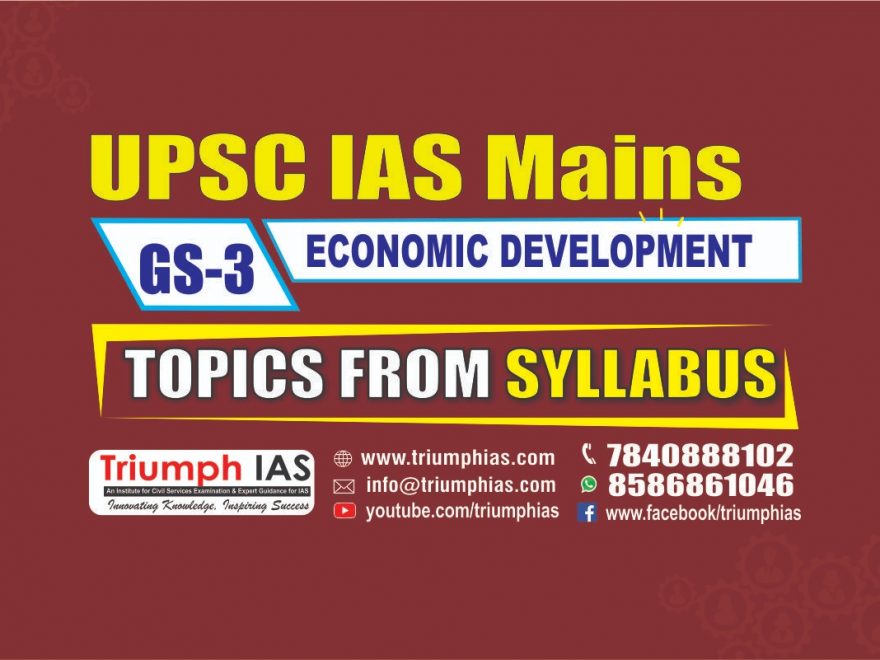Relevance: Mains: G.S paper III: Indian Economy
From a macroeconomic view, tax cut for existing undertakings will benefit only when corporates decide to invest the surplus, and this is dependent on the economic outlook.
Finance minister has announced major relief to the corporate sector and addressed the long-time demand of reducing tax rates. The government expects it will increase the competitiveness of the market from the perspective of foreign investors, and investment will flow in.
The announcement should be viewed at from two angles: Relief to existing undertakings and incentive to new units. Effective tax rate of the entire base of companies reporting profits rose from 26.89% for FY17 to 29.49% for FY18.
A 2.6% rise in effective tax rate was due to phase-out of profit-linked deductions and increase in MAT. If we compare the proposed effective tax rate of 25.17% to effective tax rate for FY17 and recommendation of expert panel on DTC, this tax cut doesn’t come as a surprise.
If we further dig the data, then the effective tax rate for all the large corporations is already 26.3% and, so, the tax cut is not expected to provide a big relief to large companies.
But there could be some companies that get benefited due to their structure and the manner in which they operate. Also, concessional tax rate provisions exist for companies with annual turnover of Rs 400 crore.
From a macroeconomic view, tax cut for existing undertakings will benefit only when corporates decide to invest the surplus, and this is dependent on the economic outlook. The current slowdown is a result of decline in demand; so efforts should have been made to leave more disposable income with the middle class. Surprisingly, the government is not doing anything to address this.
Reducing tax rates for manufacturing companies set up after October 1, 2019, is a welcome step. So far, Make in India has not succeeded in attracting manufacturing giants. This is despite the availability of a huge market and relatively cheap labour. Foreign players often criticise high income tax rates in India, and hopefully their concern will get addressed. But the FM should acknowledge tax rates are not the only factor that determine business decisions, and FPI outflow even after withdrawal of surcharge is an example. Reduction in MAT rates from 18% to 15% is good for those companies that are enjoying a tax holiday, but paying income tax under MAT. Theoretically, MAT credit can be carried forward and utilised in future, but it impacts investment decisions that are usually taken considering the present value of money.
The government’s responsiveness should be appreciated from the fact that the FM acted timely (surcharge on FPIs, increasing monetary limit for filing appeal in tax cases, rate cut, etc). However, frequent revisions to the policy take away the element of certainty, which is essential.

